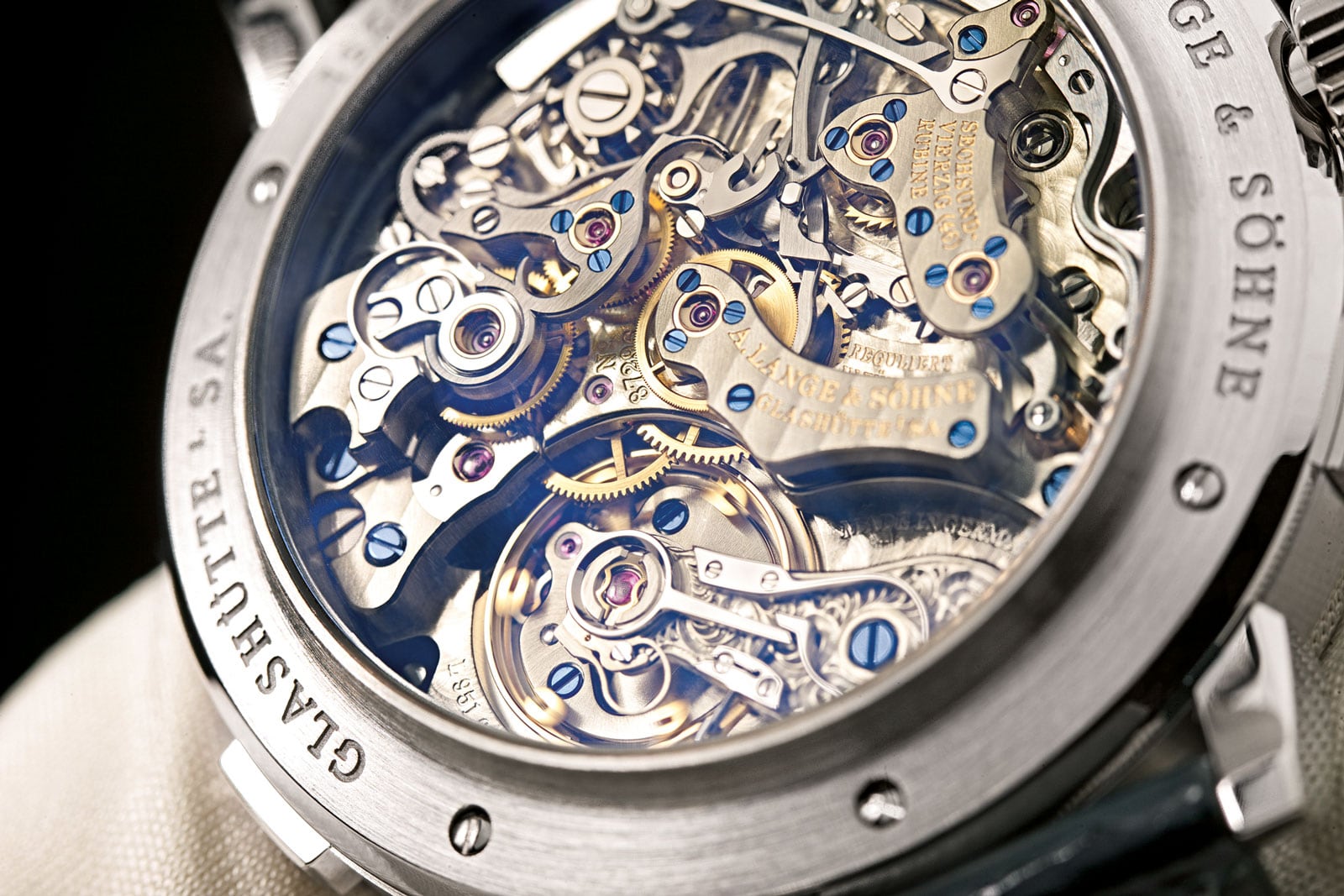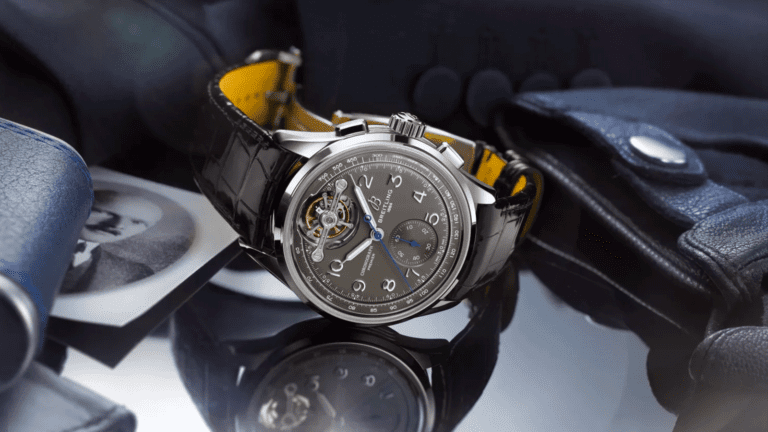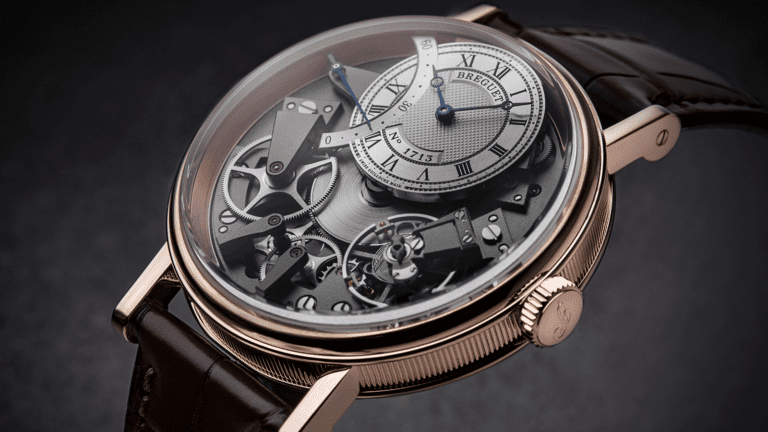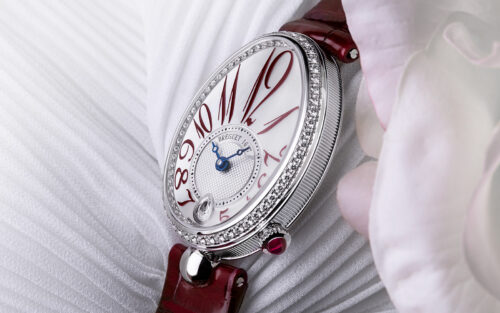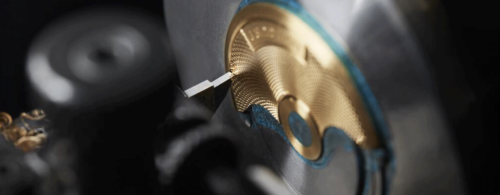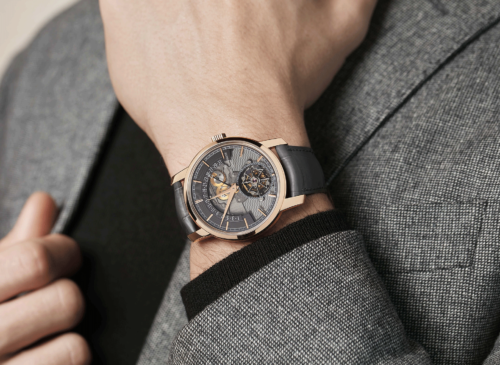The A. Lange & Söhne Datograph
A Deep Dive Into The World’s Best Mechanical Chronograph
If you’ve ever attended a watch collector GTG or spent any time on the various online watch forums you have most definitely heard mention made of the mythical A. Lange & Söhne Datograph, considered by many to be the best mechanical chronograph. Ever.
Introduced in 1999, the Datograph (date + chronograph) was the first, completely new, in-house mechanical chronograph produced in the last quarter of the 20th century, incorporating a fly-back function and precisely jumping minutes counter. It also featured a quick-set outsized date, and two irregularly placed reversed panda sub-dials – an attractive aesthetic that has since become a signature of the model.
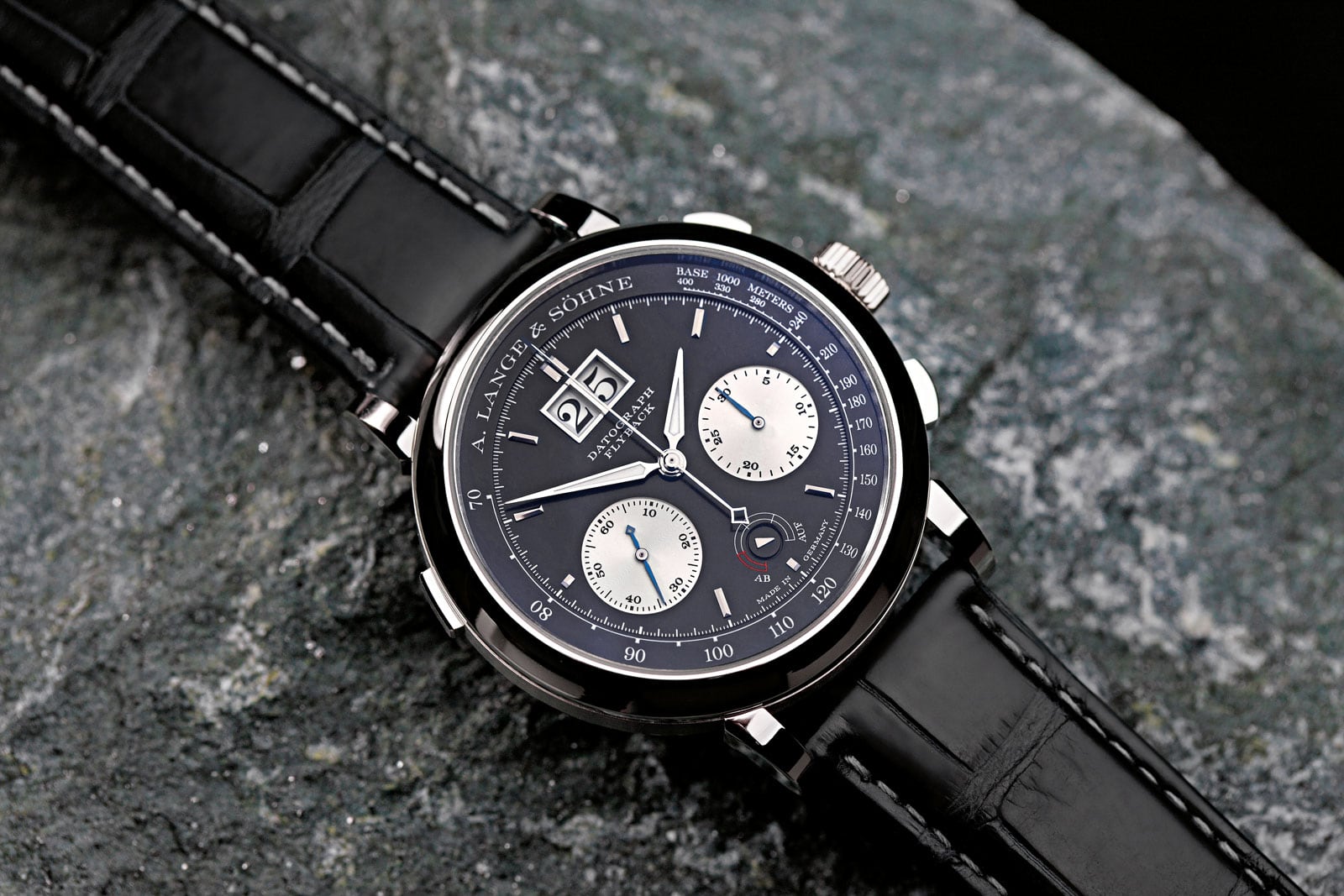
You may be wondering to yourself, however, why a reference that’s almost 20 years old is still setting the benchmark for a segment of the luxury watch market that has grown increasingly popular in recent years, with many new competing models introduced.The simple answer is: it’s complicated. Depending on who you speak to, part of the reason relates to the context in which the Datograph entered the watch industry – it was a total game-changer the time.It firmly re-established Ferdinand A. Lange’s vision for German-made mechanical watches that could compete on level terms with the best in the world. At the end of the day, however, the longevity of the Datograph’s dominance comes down to the art of watchmaking itself.
The Datograph combines everything that is the very best of German watchmaking into one wristwatch – it embodies what every purist watchmaker aspires to (it’s a modern-day version of an F.A. Lange or Richard Lange-calibre mechanical watch), presented in impeccable Saxon manufacture tradition, offering unparalleled quality and finishing.
Respect for the Datograph – Redefining the Chronograph segment
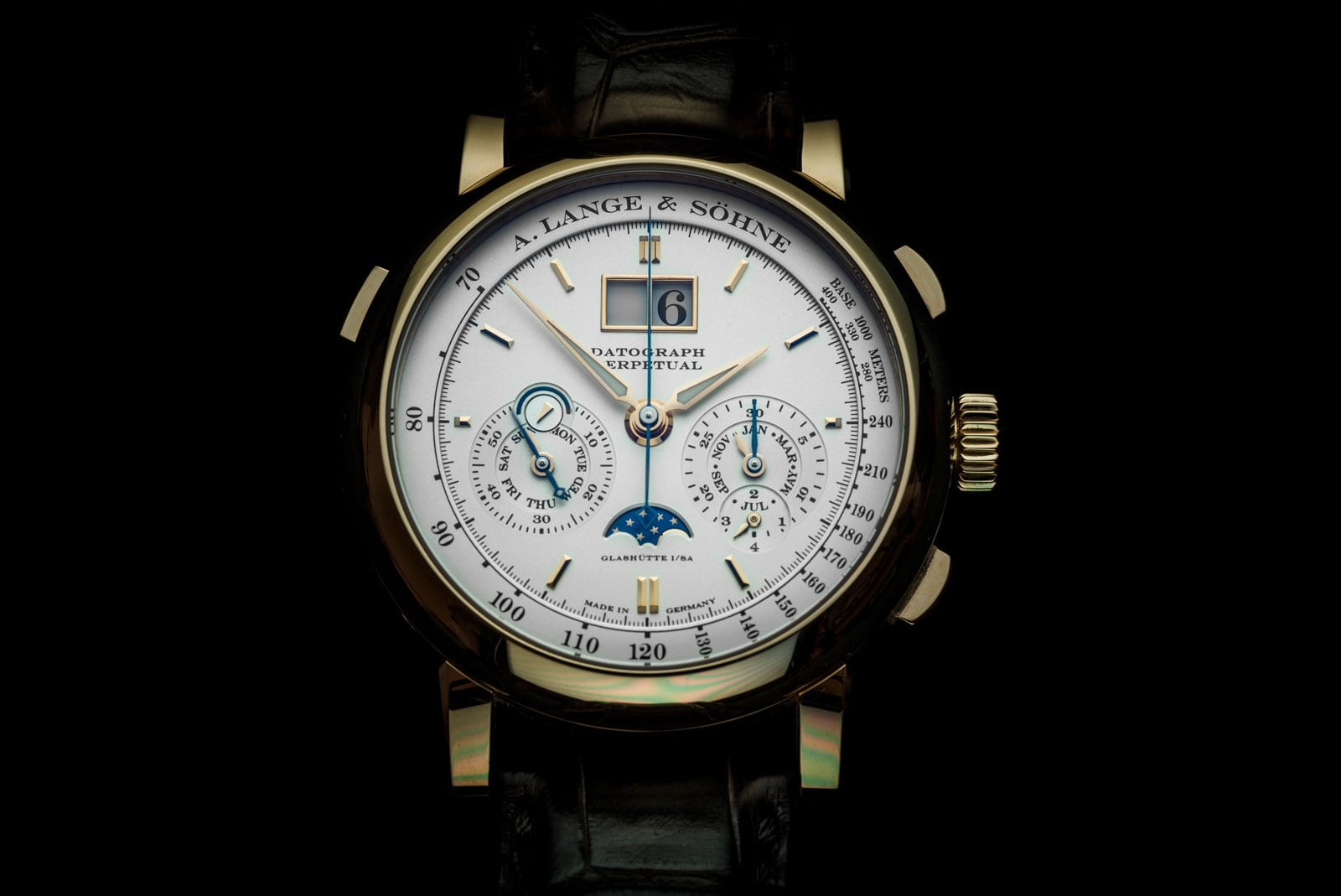
“It took more than 150 years before either of Patek Philippe or Vacheron Constantin produced their own in-house manual-winding chronographs, and Audemars Piguet still does not have a strict in-house chronograph”
The Datograph is the wristwatch responsible for establishing the trend towards in-house designed and manufactured chronograph movements. Although comparatively accessible from a price point of view, chronographs are actually one of the most complex movements to manufacture and assemble- surpassing the complexity of tourbillons and even perpetual calendars (and that’s before adding in the Datograph’s flyback, instantaneous jumping minute counter and date complications).
Of vital importance, A. Lange & Söhne followed high horology’s cardinal rule that manually wound chronographs are superior to their automatic counterparts due to their constant power supply and direct transmission of that power to the chronograph function.
Investing in such a calibre, that at the time did not represent a large portion of the market, was simply not the done thing. It took more than 150 years before either of Patek Philippe or Vacheron Constantin produced their own in-house manual-winding chronographs, and Audemars Piguet still does not have a strict in-house chronograph (without tourbillon).
Watch manufacturers relied on outsourced, standardised movements – for example, a year prior to the Datograph’s debut, Patek Philippe released a chronograph, reference 5070, which used a heavily-modified Lemania-based movement.
The important thing to note here, other than the obvious, is that these proven movements were decades old. When the Datograph hit Baselworld in 1999, it was not just the debut of an in-house calibre – it was the first in-house chronograph built from the ground up in 20 years.
Of itself, this was a tremendous achievement for the fledgling company, which just 5 years prior had introduced the first creations of the new A. Lange & Söhne era. That Germany was still in the wake, and political and economic turmoil, of reunification – makes the accomplishment that much more astonishing. Consider, it took Patek Philippe 11 years to respond with its own manually wound chronograph, reference 5170J, to compete in the same price range. The Vacheron Constantin Harmony Chronograph did not arrive until 2015.
However, it’s not just the achievement of producing a new chronograph that set the Datograph apart – it was the complexity and level of craftsmanship of this (serially produced) timepiece. It was the type of chronograph A. Lange & Söhne chose to build, and how they built it, matched with a perfectly balanced dial and case crafted to the uppermost standards possible, that forged the Datograph’s ‘grail’ status. The Datograph demanded respect, placing the German brand from Glashütte firmly among its peers from the elite holy trinity(or big 3) of watchmaking, making many people sit up and take notice in the process.
German Flair
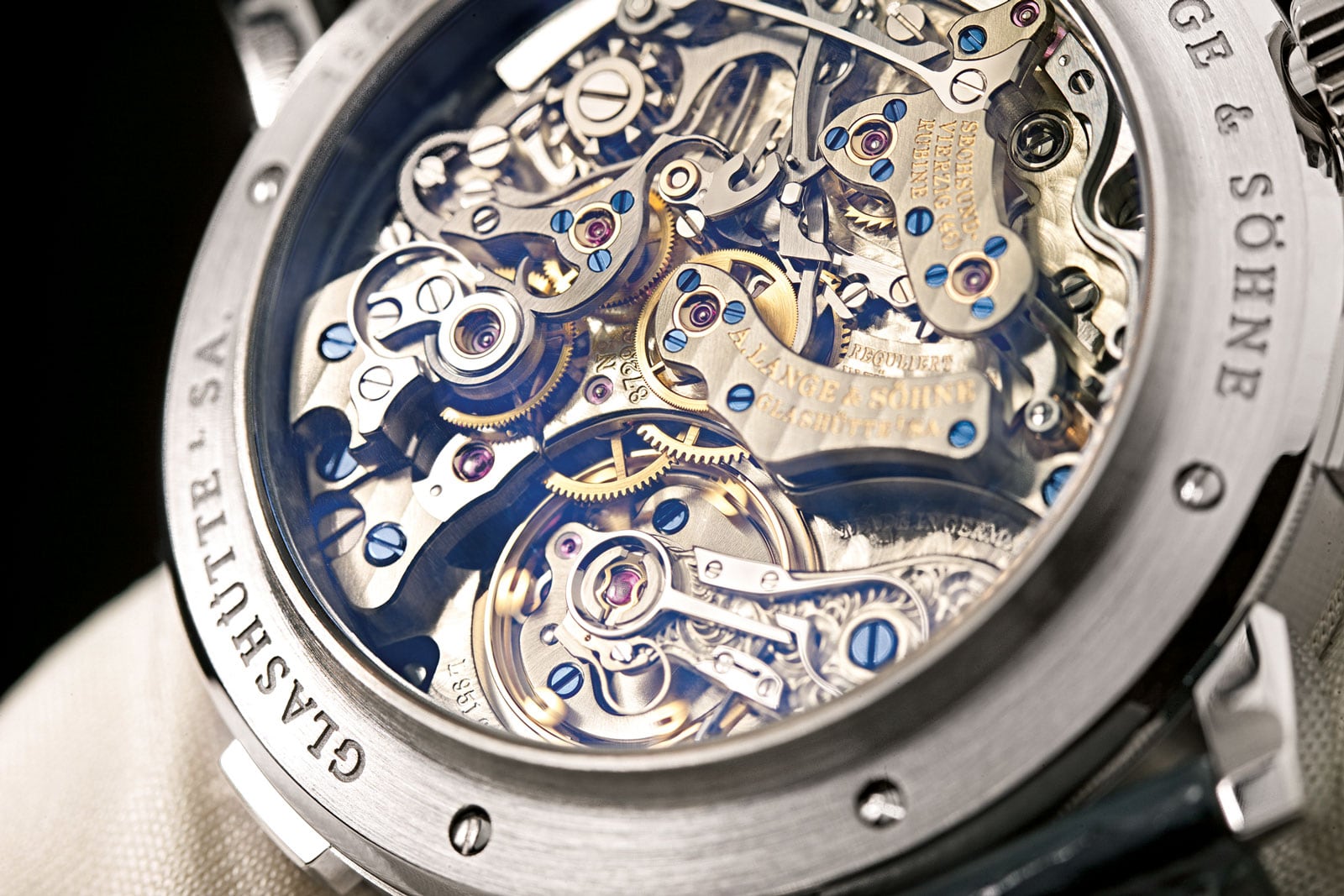
“The multi-level calibre gave an awe-inspiring three-dimensional vista of mechanical components packed together with the sort of precision that allows one to close a heavy bank vault door with the tip of a finger”
The last flourishing of German watchmaking prior to WWII, and the events that led to A. Lange & Söhne’s hiatus, was the dying pocket watch age. The Lange dynasty, starting with Ferdinand A. Lange, had earnt an international reputation for its prized pocket watches. The Datograph’s design drew heavily on this tradition, most notably in the classic column wheel chronograph – which made for a far more complicated movement due to the multi-plain architecture. Mainstream manufacturers tend to avoid this style due to its complexity and increased case thickness, and because (in exposed case backs) many more surfaces and edges are visible and hence require finishing.
All of this, however, played into the vision for the Datograph, which was to create a timepiece that was both a visual and tactile banquet for the senses.
The multi-level calibre gave an awe-inspiring three-dimensional vista of mechanical components packed together with the sort of precision that allows one to close a heavy bank vault door with the tip of a finger – experienced through the ultra-smooth pushers and solid crown and winding mechanism, all of which provided just the right level of feedback when actuated. Where the Datograph really shone though, was in the level of finishing of every one of those components. The finishing on the Datograph is so high it is unrivalled by even most independent watchmakers, and carries the approval of Vallée de Jouxicon, Philippe Dufour.
This attention to detail extended to the rest of the wristwatch’s construction, demonstrating a strong continuity. Before even turning the wristwatch over to view the main event, the A. Lange & Söhne Datograph makes a striking statement from the front that leaves a lasting impression.
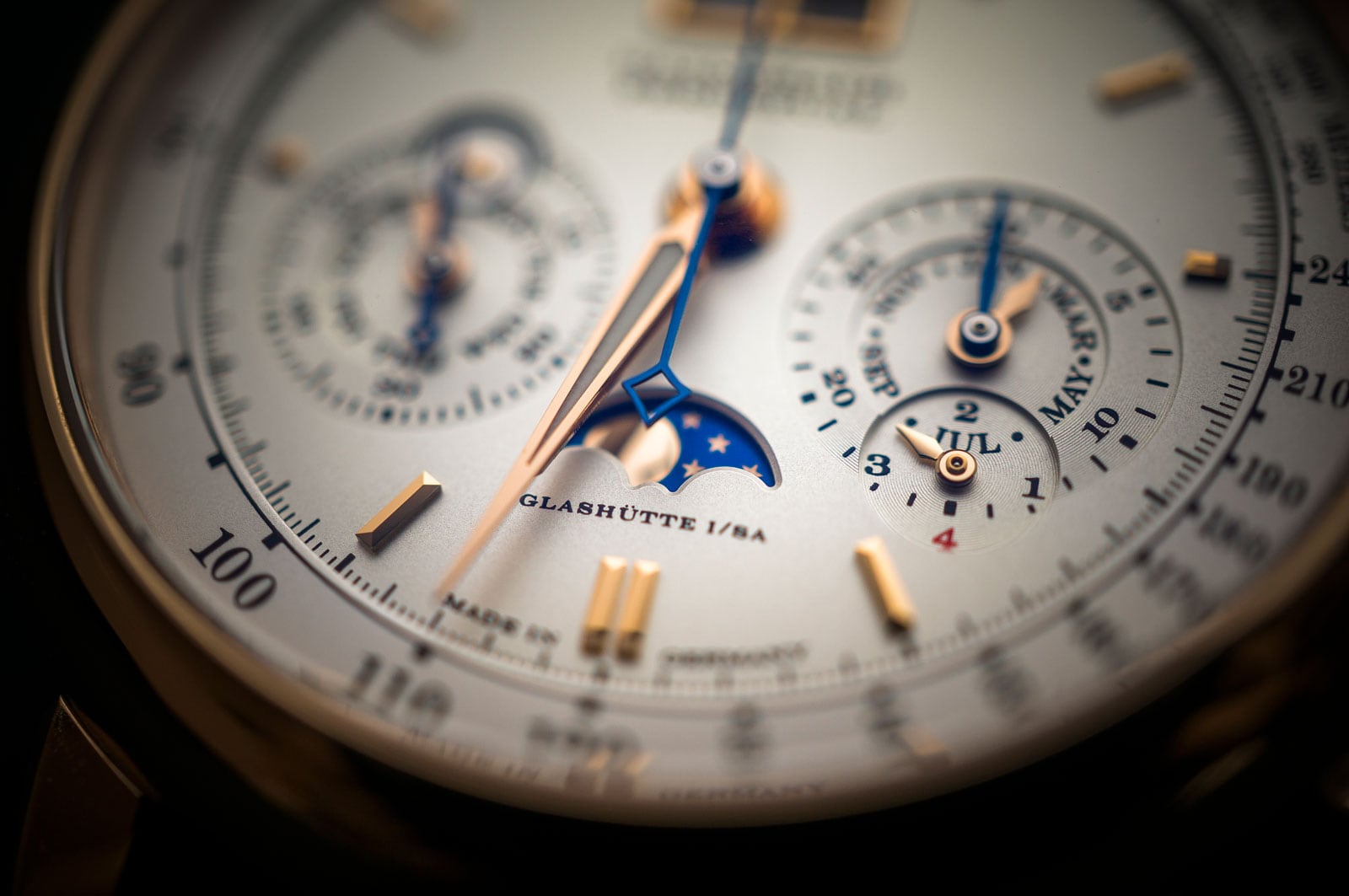
The ‘Tuxedo’ of A. Lange & Söhne
Working inwards, the Datograph was born with a black, alligator leather strap (a bracelet was also available)/ a white metal case/ and a glossed black (solid silver) dial, with highlights. Black dial timepieces from A. Lange & Söhne are considered something of a rarity, and the Datograph was the first. The Datograph has always worn its outsized date (a signature of modern German watchmaking) like a bowtie at 12 o’clock. From there, symmetry radiated out in all directions.
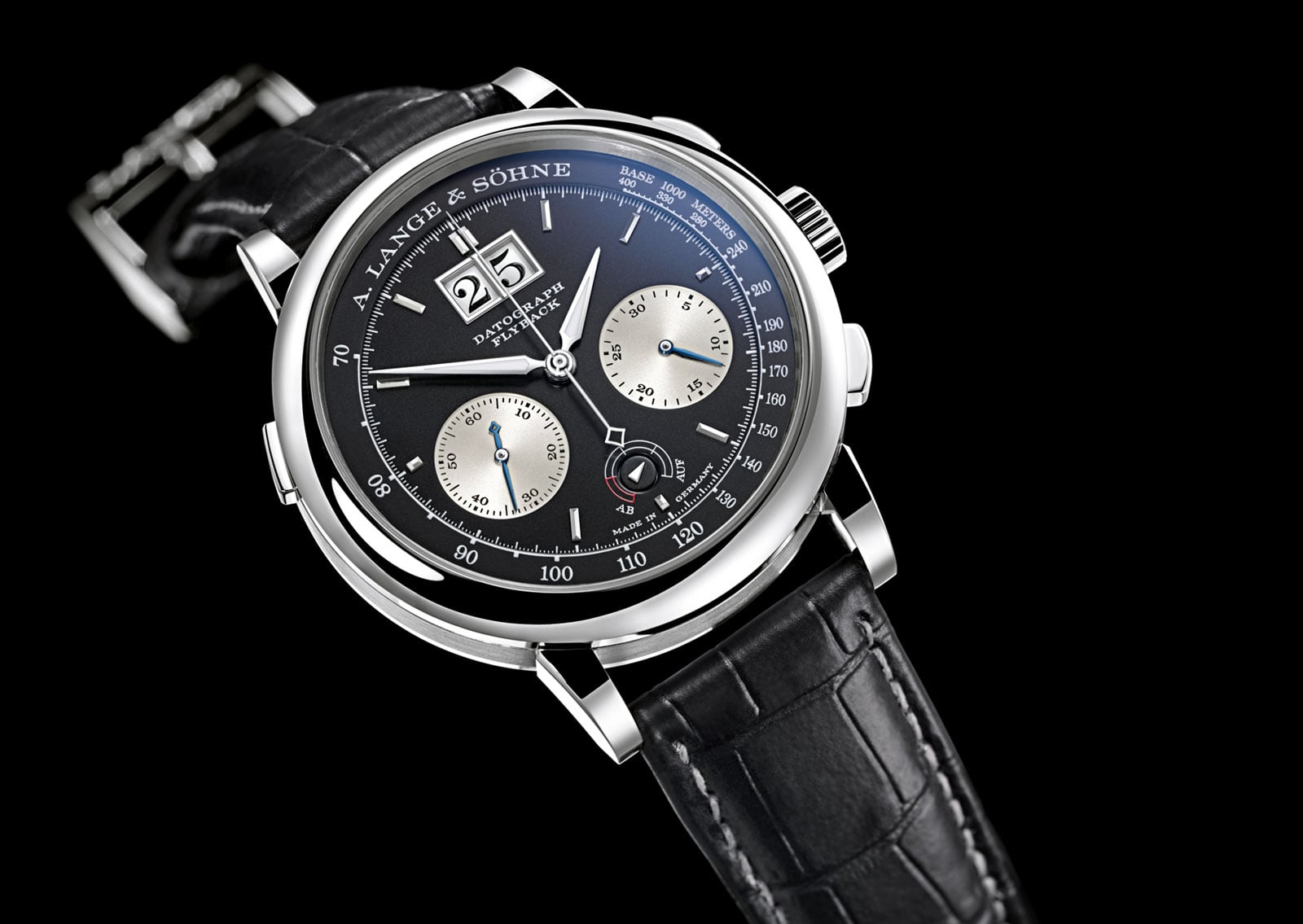
The reversed panda sub-dials were lowered to balance with the date windows, the II, VI and X Roman numerals a mirror opposite, and the remaining full bar markers at 1, 5, 7 and 11 o’clock again reflected a perfect symmetry between the upper and lower halves of the dial. Applied hour markers were fashioned from white gold, while a painted white tachymeter scale added another layer of sophistication, and rhodiumed gold hour and minute alpha hands received sufficient Super-LumiNova to make the deal of the Datograph legible at night.








 Rolex
Rolex Blancpain
Blancpain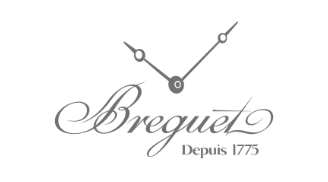 Breguet
Breguet Breitling
Breitling Cartier
Cartier Hublot
Hublot Vacheron Constantin
Vacheron Constantin IWC Schaffhausen
IWC Schaffhausen Jaeger-LeCoultre
Jaeger-LeCoultre OMEGA
OMEGA Panerai
Panerai Roger Dubuis
Roger Dubuis TAG Heuer
TAG Heuer Tudor
Tudor FOPE
FOPE Agresti
Agresti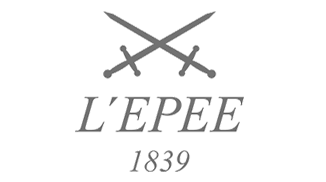 L’Épée 1839
L’Épée 1839 Scatola
Scatola



